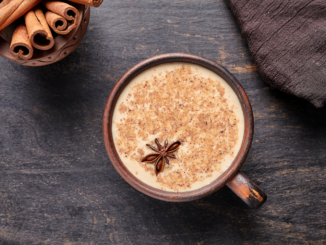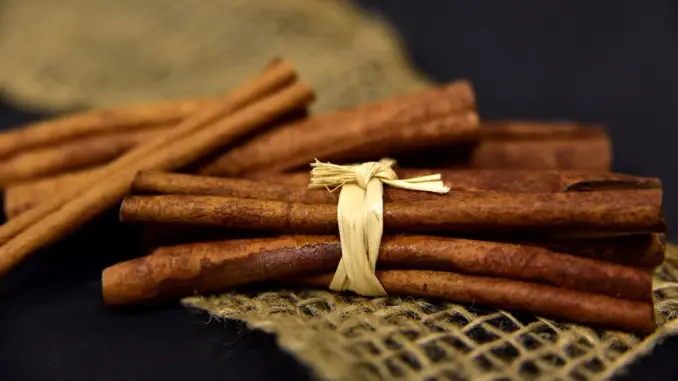
Cinnamon is a common ingredient in café beverages, and the history of its cultivation and trade can be traced back thousands of years.
BY EMILY JOY MENESES
BARISTA MAGAZINE ONLINE
Featured photo sourced via Pixabay
Cinnamon and coffee: This love story is a tale as old as time. Commonly known as an ingredient in chai and cafe de olla, cinnamon doesn’t just bring a layer of flavor to beverages; it also holds stories that can be traced back thousands of years. Today, we’ll explore how cinnamon is cultivated, and how it traveled around the globe from its origins in South Asia.
Cinnamon Cultivation and Trade
Cinnamon is a spice that comes from the inner bark of several different trees within the genus Cinnamomum; the two main types are Ceylon cinnamon and cassia cinnamon. The tropical plant is native to Sri Lanka, Bangladesh, Burma (Myanmar), and India. Today, Sri Lanka produces the majority of the world’s Ceylon cinnamon supply (about 80% to 90% of it). Cassia cinnamon, on the other hand, comes primarily from Indonesia—the Southeast Asian country produces about 65% of the world’s cassia cinnamon supply.
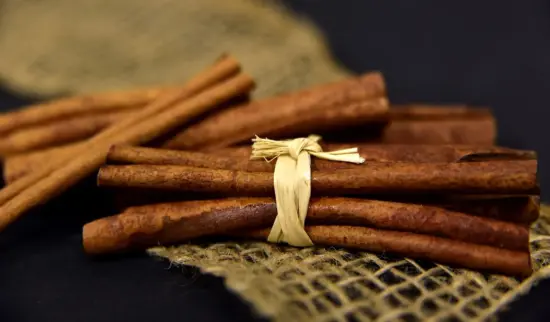
In our recent article “A Decolonized Look at Pumpkin Spice,“ we discussed how the main ingredients in pumpkin spice, including cinnamon, came from Asia. They were highly desired by the Europeans, leading to conflict in South and Southeast Asia that would last hundreds of years.
But even before 15th and 16th century explorers like Christopher Columbus embarked on journeys in search of cinnamon, the spice was a valuable trading good. Cinnamon trade is traceable to as far back as 2,000 B.C. This makes it one of the first traded spices in recorded history.
Out of Asia
From its origins in South and Southeast Asia, the spice made its way to East Africa by raft. From there, it traveled to various parts of the world, including Egypt and Italy. The spice played a key role in many parts of the ancient world; it was even mentioned in the Bible several times. The ancient Egyptians were known to use cinnamon in embalming rituals. In many parts of the world, the spice was as valuable as gold.
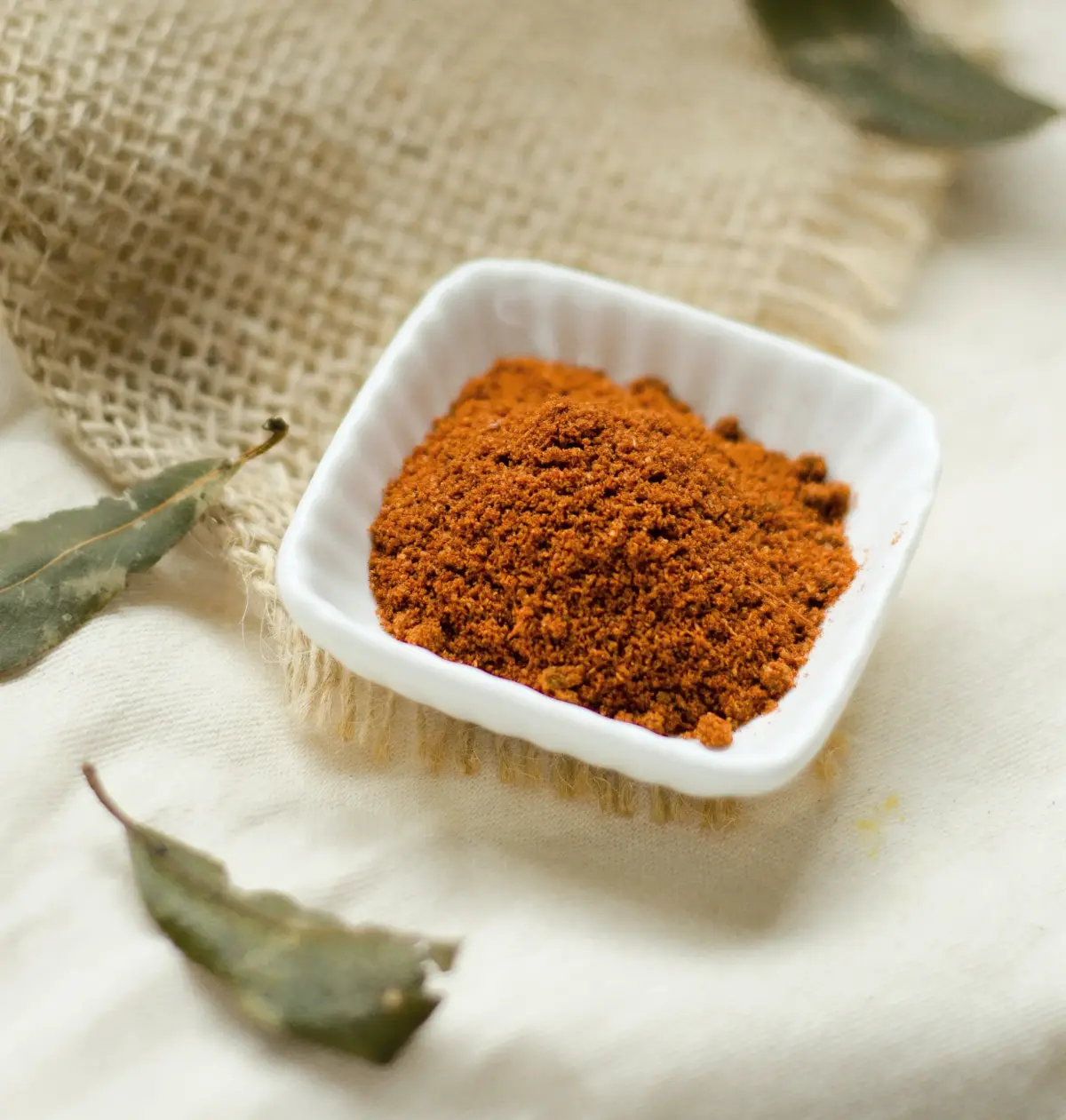
Fast forward to the 16th and 17th centuries: The Portuguese and Dutch would go to war over control of Ceylon cinnamon production in Sri Lanka. The Dutch even destroyed cinnamon trees in India to ensure that they’d have a monopoly over the spice’s trade. Over time, conflict over the spice dwindled as people discovered that cinnamon could be grown in various parts of the world.
Making Its Way to Mexico
Though cinnamon cultivation can be traced to South Asia and remains an integral part of Asian cuisine, the spice is also common in Mexico. Cue cafe de olla: Mexican coffee made in a clay pot with cinnamon and other spices.
But how exactly did the spice make its way to Mexico? According to this report by Vinod Moonesinghe, the Portuguese, before losing control of Sri Lankan cinnamon production to the Dutch, shipped a large quantity of cinnamon to the Philippines. From there, the spice was shipped by Spanish colonists to trading ports in Mexico.
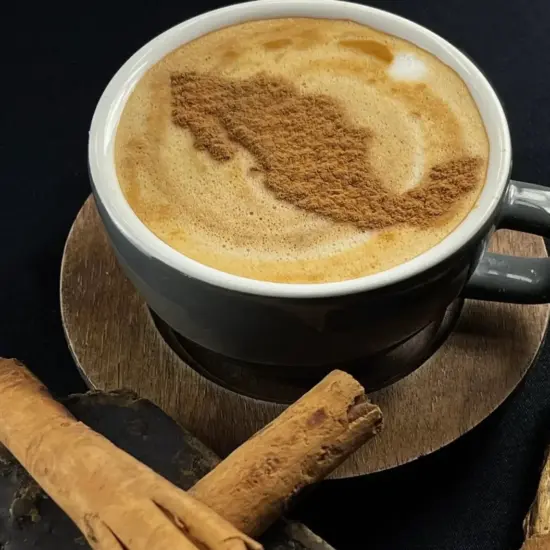
Cinnamon Today
The history of cinnamon cultivation and trade is riddled with stories of war and colonization. But the spice is celebrated in the modern world across many cultures, bringing its sweet, warm, and slightly spicy flavor to a variety of dishes and beverages.
Next time you enjoy a cup of chai or cafe de olla, or add a sprinkle of cinnamon to your coffee, reflect on the history behind this popular spice and the thousands of years of trade that helped bring it to where you are today.
ABOUT THE AUTHOR
Emily Joy Meneses (she/they) is a writer and musician based in Los Angeles. Her hobbies include foraging, cortados, vintage synths, and connecting with her Filipino roots through music, art, food, and beverage.

READ THE LATEST BARISTA MAGAZINE
Out now: It’s the October + November 2023 issue of Barista Magazine! Read for free with our digital edition. And for more than three years’ worth of issues, visit our digital archives here.
Get a hard copy of the magazine through our online store, or start a subscription for one year or two.


